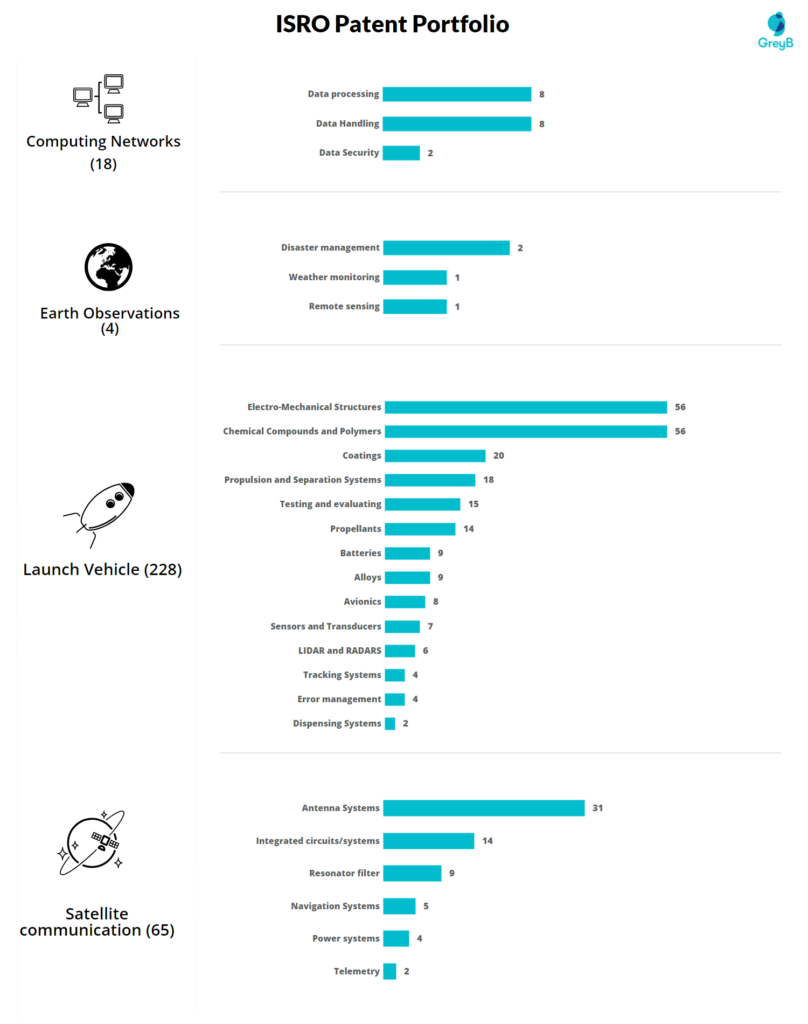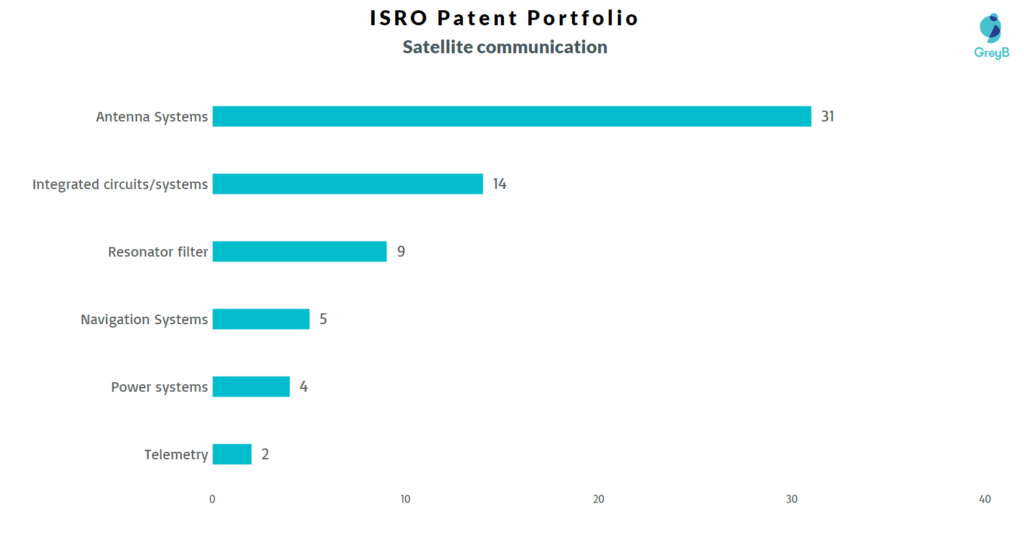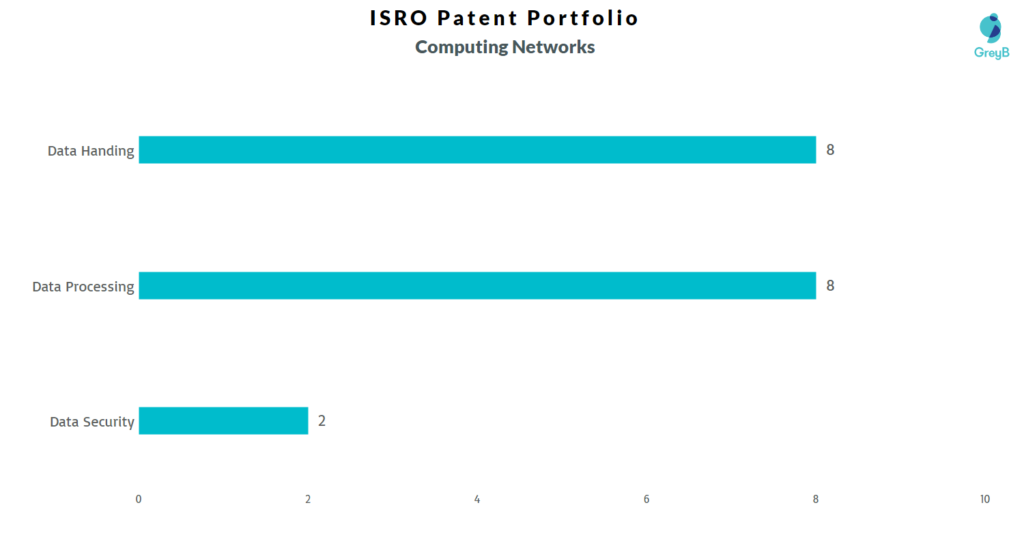Indian space research organization (ISRO) is the national space agency of India. You might know ISRO from its 2013’s Mars Mission. The space agency was on every major international newspaper for launching the mars mission at a shoestring budget of $74 million.
ISRO’s roots stretch back to 1962 when India’s first prime minister, Jawaharlal Nehru, enlisted physicist Vikram Sarabhai to set up the Indian National Committee for Space Research (INCOSPAR).
INCOSPAR was superseded by ISRO in 1969. Six years later, the country launched its first satellite, called Aryabhata, into orbit aboard a Soviet rocket. Named for an ancient Indian astronomer, Aryabhata conducted experiments in X-ray astronomy and solar physics, though it ceased to function after only a few days in space.
Since then, ISRO has achieved a lot of amazing feats. Launching 104 satellites on a single go by a PSLV-XL is one of the examples.
Another testament is their decent patent portfolio that not only covers both space-related innovations but technologies that may help space technology directly or indirectly.
We have conducted a thorough patent portfolio analysis on ISRO patents. Let’s see what makes ISRO the top 7th space agency in the world.
Technological Profile of ISRO’s Patents
ISRO has conducted robotic missions to other worlds in our solar system. In 2008, the agency sent the Chandrayaan-1 orbiter to the moon. The probe, whose name means “moon craft” in ancient Sanskrit, was about the size of a refrigerator and helped discover evidence of water molecules on the moon.
Five years later, ISRO flew the Mars Orbiter Mission, nicknamed Mangalyaan or “Mars craft,” to the Red Planet. The vehicle successfully reached Mars in 2014 making India’s space agency just the fourth entity to place a spacecraft in Martian orbit. As mentioned already, the mission was completed at a record-low cost of $74 million.
ISRO technological profile has been divided into 4 major clusters as shown below:

ISRO’s Patent Portfolio – Launch Vehicle (228 patent families):
ISRO’s launch vehicle tech sits right at the heart. The organization is able to execute such extraordinary missions over space. The below chart shows the different technologies related to launching vehicles that ISRO has been exploring.

It can be clearly seen that Electromechanical systems and chemical compounds and polymers constitute the majority of the cluster (~50%) followed by coating materials and propulsion systems.
It is also observed that ISRO invests a lot in the testing and evaluation of its launch vehicles and satellites before deploying them in space.
Let’s have a quick look at the top sub-tech pockets of launch vehicle.
Electromechanical Systems (56 patent families):
Inventions in this cluster relate to electro-mechanical devices, valves, shock protectors, etc that are helpful in the easy handling of the launch vehicle. Starting from its initial stages to the moment when the satellites have been deployed in space, this patent cluster covers all the mechanical and electrical systems.
The patent IN216641B discloses a system for experimental mechanics applications such as static, dynamic, and non-destructive testing at an affordable cost. Another patent IN213933B describes a low-shock ball-lock separation mechanism for separating the upper stage and satellites of a space launch vehicle.
The entire separation technique is dependent only on the operation of any one of the thrusters, thus improving reliability. This separation mechanism will facilitate an extremely low shock.
The patent IN210266B for example relates to an electro-mechanical safe-arm device useful for providing safety to the pyrotechnically actuated systems in rockets and missiles. Also, another interesting patent IN316652B discloses a pilot-operated command valve which solves the problem of existing pilot-operated command valves that are complex and huge in structure and possess a high leak rate.
Chemical Compounds and Polymers (55 patent families):
The present cluster discloses inventions related to resins, copolymers, fire extinguishing powders (IN149900B), piezoelectric ceramic materials and composites, silica gels, and other related areas to chemical engineering and polymer technology.
The patent IN254253B relates to a method of making passive vibration damping composites such as Kevlar and graphite composites with embedded Kevlar flexcore at ambient and varying temperatures. Another patent IN228944B relates to a method of the production of Siloxane-Imide-epoxy resins. They are mainly used in the production of circuit boards.
Not only are these, but ISRO also has patents that disclose the production of copolymers. The Patent IN210232B relates to film-forming acrylic copolymers with pendant phenol group, which are useful as adhesives.
IN200400609I4 describes a method of reducing the viscosity of dope solution which could be effectively used as a precursor resin for spinning special acrylic fiber for eventual conversion to high strength carbon fiber. Also, patent IN207299B provides a process for synthesizing a hydroxyl-terminated glycidyl azide polymer. This compound is used as a binder in solid propellants.
Coatings (20 patent families)
The cluster discloses inventions for coating the materials associated with the launch vehicle. This helps in resisting the varying temperature of spaces well as protecting the alloys and metals from oxidizing. These coatings are made of polymers that have been described in the previous section.
Patent IN201841020187A in the cluster discloses a method of applying a coating composition on the carbon-carbon substrates followed by heating at a temperature in the range of 1000 to 1800°C to obtain the oxidation resistance coating composition.
Another patent IN304496B relates to the field of ceramic coating and adhesive compositions for high-temperature applications.
Propulsion and separation systems (18 patent families)
The present cluster relates to the detonator systems and their assembly that are used for the propulsion purposes of the launch vehicle. Also, this cluster covers inventions related to the separation stages of the launch vehicle at different points of the trajectory into space.
Detonators are used to trigger an explosive device. Detonators can be chemically, mechanically, or electrically initiated, the last two being the most common.
IN201841045216A discloses an improved expanding tube assembly for explosive separation systems used in the upper stages of launch vehicles, and IN205207B discloses a method for a process-safe detonator. Another interesting patent is IN200901514I4 on a non-degassing solid propulsion system for extended space missions.
Moreover, IN288546B provides a separation system for ejecting satellites into space from the container. Also, the patent IN201103579I4 provides a payload separation system arranged in such a way that the shock due to the separation is significantly less.
ISRO’s patent portfolio- Satellite communication (65 patent families)
Once the satellite is deployed into space by the launch vehicle, it needs to effectively communicate with the ground station. The present patent cluster deals with that aspect of space communication. Along with this, the cluster also discloses inventions related to the electronics domain be it microwave frequencies or integrated circuits.
The chart below describes the various sub-areas of satellite communications and corresponding patent filing by ISRO:

Antenna systems (31 patent families)
Inventions in this cluster are related to novel and unique reflectors, and antenna systems. The patents disclose the methods for the manufacture of the different types of antennas such as microwave antennas, helical antennas, microstrip antennas, etc that can be used to transmit/receive microwave frequencies for effective communication as well as for the purposes of broadcasting.
IN247886B, for example, discloses a microwave antenna reflector that is used for providing a passive vibration damping effect. Another patent IN202041056215A discloses a deep dish prime focus reflector antenna system that can operate at a plurality of radio frequency bands.
Integrated Circuits (14 patent families)
The present patent cluster relates to the microelectronics department of ISRO. It includes inventions on manufacturing the embedded and integrated RF/microwave circuits for the satellites.
These circuits are also designed keeping the temperature specification of various components like diodes (US7538612B2) in mind.
Patent IN20130445I4 discloses an MMIC delay shifter circuit to provide a differential time delay based on digital control signals. This in short helps in maintaining the antenna pointing direction even when the frequency changes for wide bandwidth.
Another patent IN201741020853A discloses a method for the fabrication of the micro-scale actuator from a single Silicon on insulator wafer.
Resonator Filter (9 patent families)
A resonator is a device or system that exhibits resonance or resonant behavior. That is, it naturally oscillates with greater amplitude at some frequencies than at other frequencies. The oscillations in a resonator can be either electromagnetic or mechanical. Resonators are used to either generate waves of specific frequencies or to select specific frequencies from a signal. Resonators play a very important role in mobile and satellite communications and can be used to satisfy frequency requirements ranging from 10MHz to 10GHz.
The patent cluster has inventions related to resonating filters as well as cavity resonators. Some prominent patents in this cluster are US8830014B2 and IN201741005913A.
These patents disclose the method of the operation of the filter in the TE01 mode for low power loss and good performance.
The patent cluster Navigation Systems (5 patent families) and Telemetry (3 patent families) disclose the application areas of the satellites that are deployed into space. This includes effective communication between the satellite and the probes (IN320867B) and is also used for navigation purposes(US8930793B2) by communicating signal data in the Global Navigation Satellite System (GNSS) system using low-density parity-check (LDPC) convolution codes.
ISRO’s patent portfolio- Computing Networks (17 patent families)
Inventions in this cluster are focused on data management over a distributed environment (US20150067028A1). It includes data processing, security, and handling. The below chart shows the patent division in various subclusters:

Data Handling (8 patent families):
The present cluster contains innovation on data acquisition, handling, and the methods of removing noise (IN266614B). The patent IN264544B for example discloses a system for removing the distortions in the data acquisition systems.
Another patent IN267780B discloses a method for the real-time simulation and acquisition of data for testing the integrated circuits.
Data Processing (8 patent families):
The data processing subcluster aims at the innovations related to data encoding (IN201831000646A) and processing(IN202141006594A) that will eventually be helpful in satellite communications. The patent IN262894B for example discloses a method of the processing of the IP packets for video broadcasting services.
Data Security (2 patent families):
Both the patents in this cluster disclose inventions related to providing high-level secured data communication between the computing networks.
ISRO’s patent portfolio- Earth observations (4 patent families):
The patent cluster relates to the observations of the earth made by the satellite for the purpose of disaster management (IN200802937I4), weather monitoring (IN279733B). These patents are not directly related to space technology but help in the effective monitoring of the earth’s conditions.
Interesting patents in the cluster for future missions
IN338868B: A LIQUID COOLING AND HEATING GARMENT
Liquid Cooling and Heating Garment (LCHG) is made of biocompatible fabrics and components to provide a comfortable temperature and removal of sweat for astronauts, for use in space for protection from hot and cold environments.
LCHGs are used in space, military applications, fire fighting, and also for personal cooling and heating purposes for protection from hot and cold environments of industrial areas or in extreme temperature and humidity conditions that may exist in work environments.
These garments have a system for circulating temperature controlling fluid into and out of the garments, for instance, through tubes inside the garment.
ISRO has initiated the Rs 10,000 crore project – Gaganyaan – with a target to send a human to space by 2022 and has been preparing various components and conducting experiments to make the project a success. The organization plans to send three astronauts to orbit the Earth at an altitude of 400 kilometers, for up to 7 days.

IN336998B: A METHOD FOR MANUFACTURE OF HIGHLAND LUNAR SOIL SIMULANT
The simulant is made in bulk from similar rock samples identified and picked out from Sittampundi Anorthosite Complex, almost 67 km from Salem, in Tamil Nadu.
The simulant is quite similar to the regolith (loose unconsolidated rock and dust that sits atop a layer of bedrock) of the lunar highland region. It can be used to control the mobility of the rover for scientific exploration and for the study of geotechnical or mechanical properties of lunar soil. It is cost-effective, reproducible, and highly scalable.
ISRO has announced a Chandrayaan-3 mission similar in configuration to the second Moon mission. It said that Chandrayaan-2 was a highly complex mission, as it brought together an Orbiter, Lander, and Rover to explore the Moon’s south pole.
This mission was unique in that it aimed at studying not just one area of the Moon but all areas combining the exosphere, the surface as well as the sub-surface of the satellite in a single mission.
Conclusion
ISRO has made noteworthy progress in the field of space science and technology. From Launch vehicles and satellites to the inventions helping the common man, ISRO has contributed tremendously towards the nation’s development.
The present analysis was focused on the technical prowess of ISRO in the field of Communication, Instrumentation, Aerospace, Antennas, Electromechanical systems, sensors and transducers, polymers, alloys, etc.
We can also expect more innovations in the coming future since ISRO has also been thinking about the open innovation technique to widen its avenues, welcome more technologies, and make better use of its patents.
